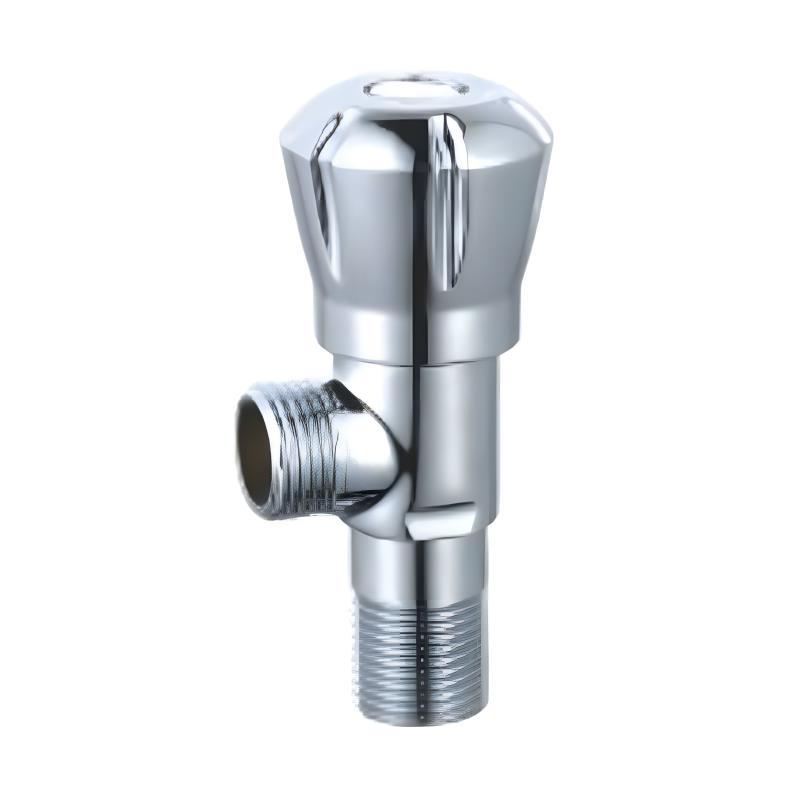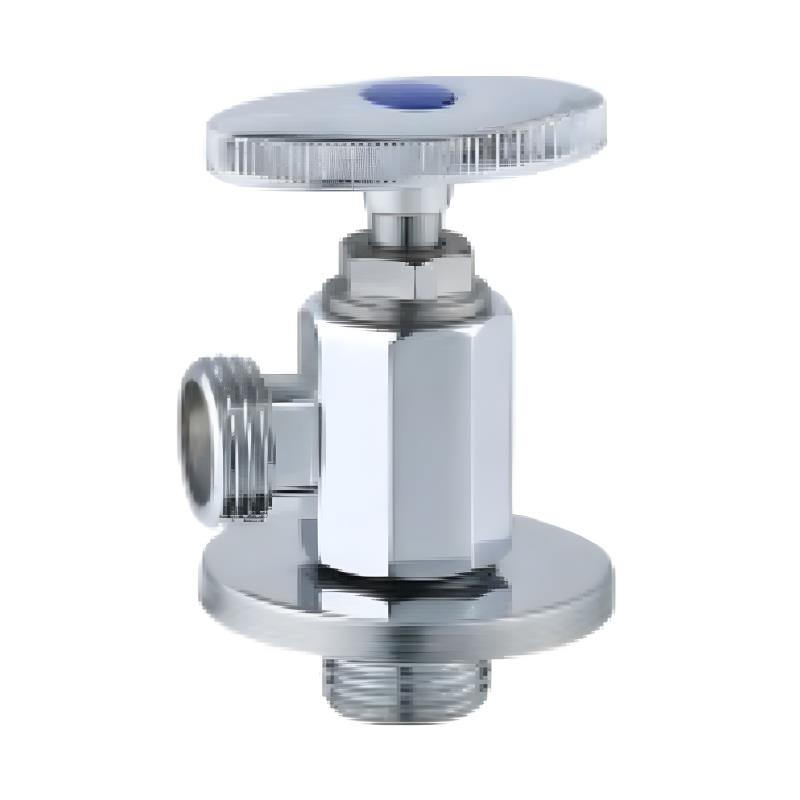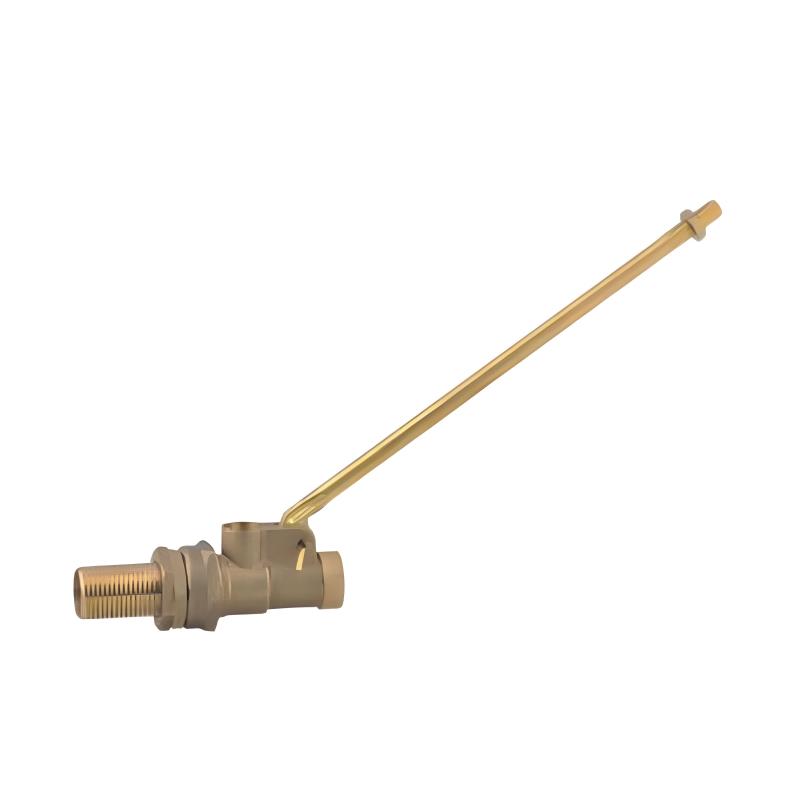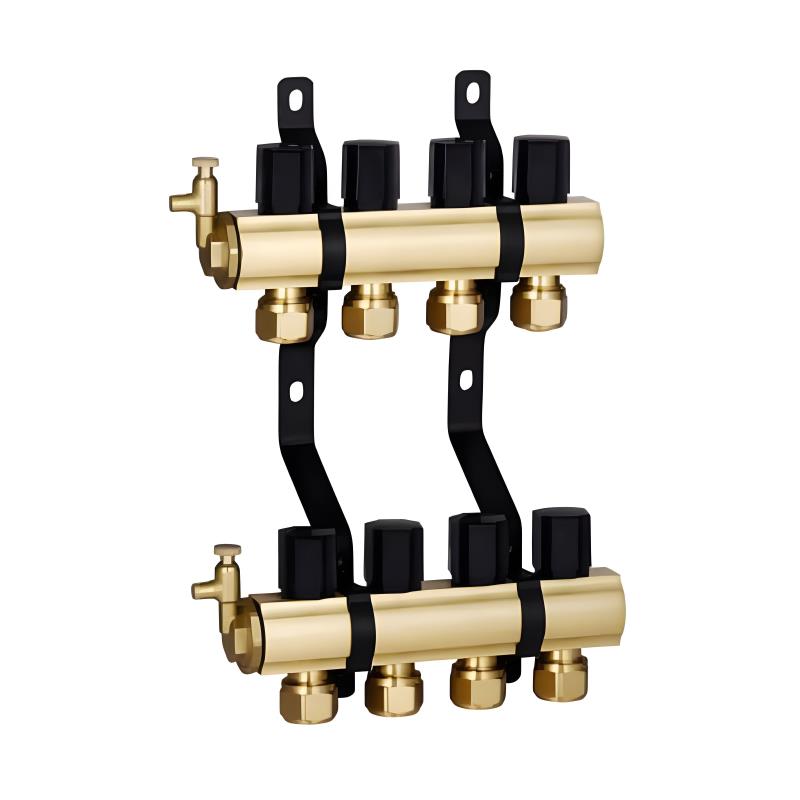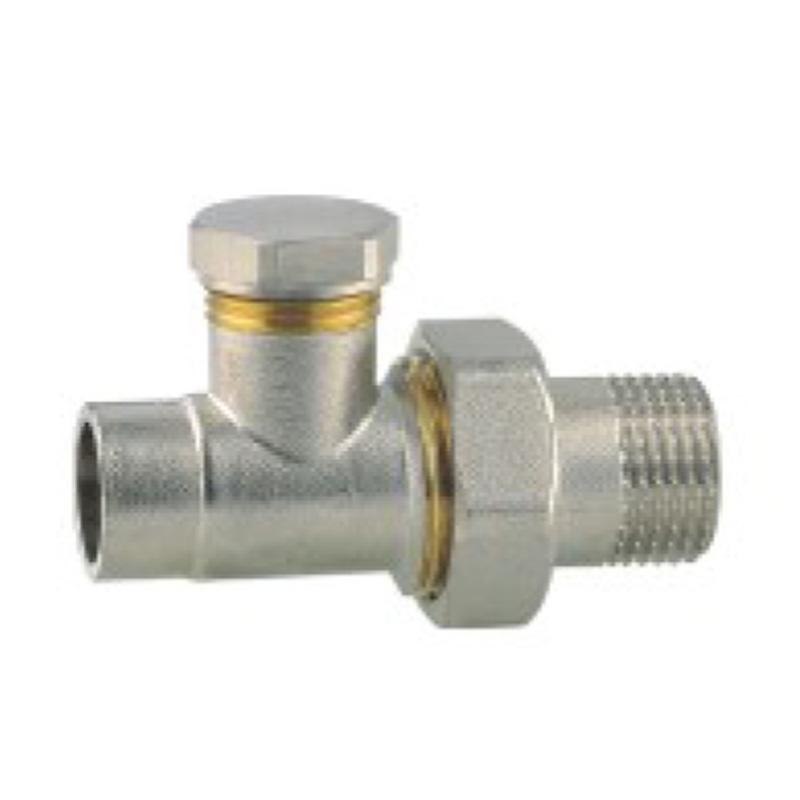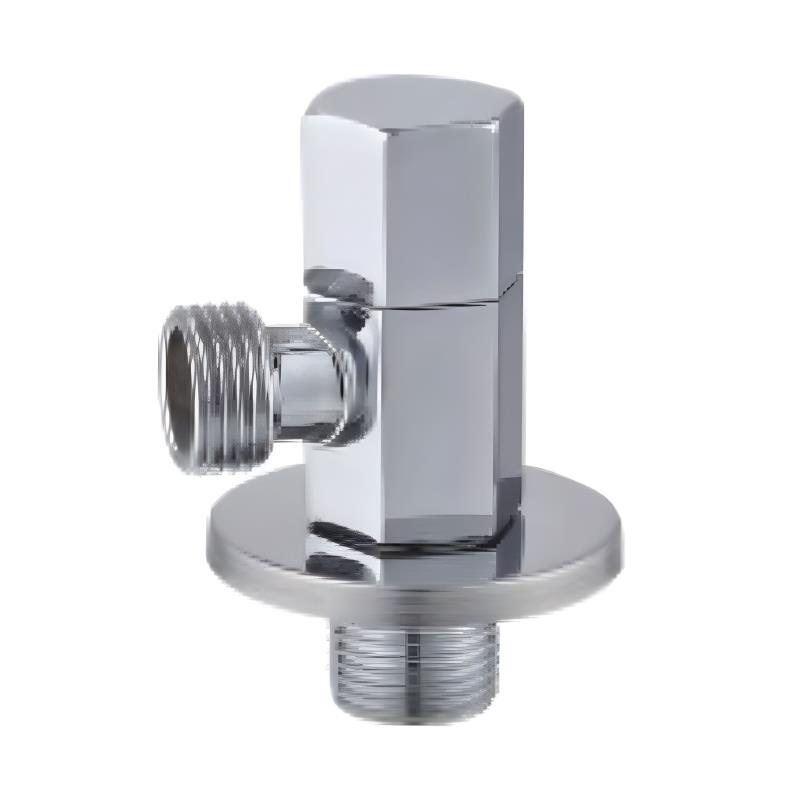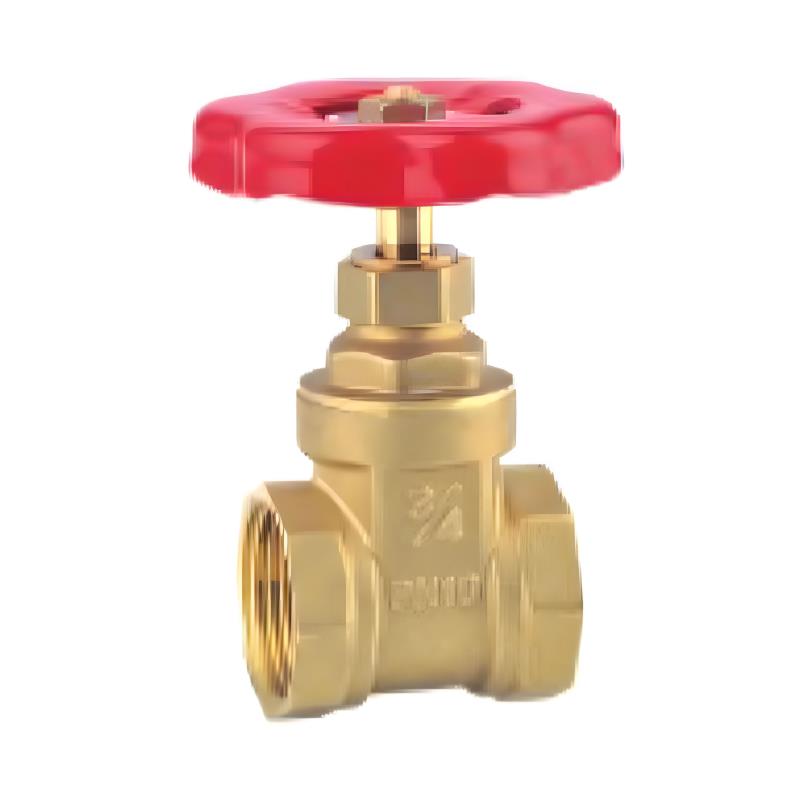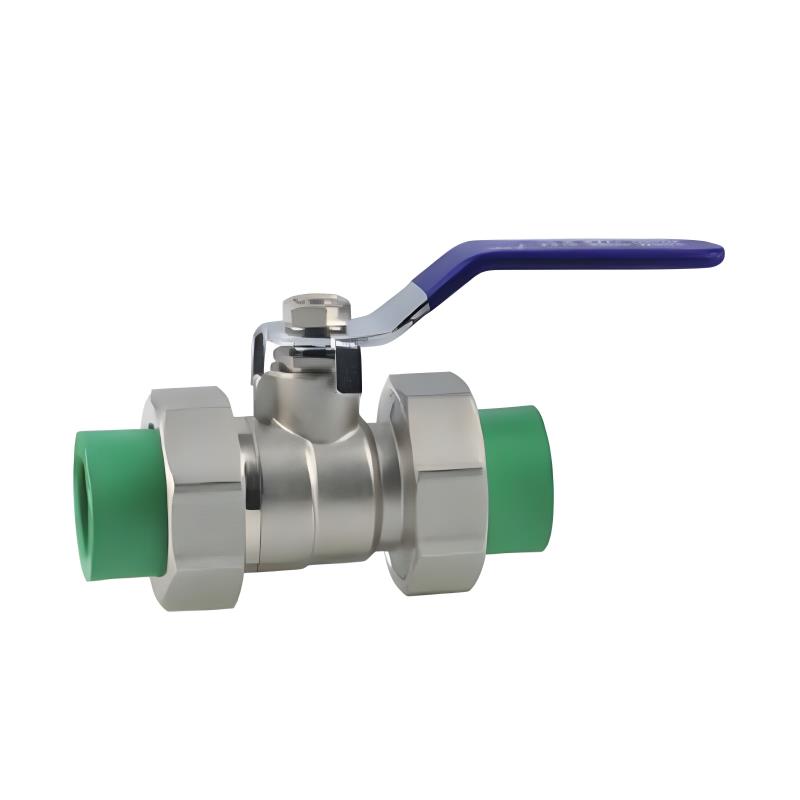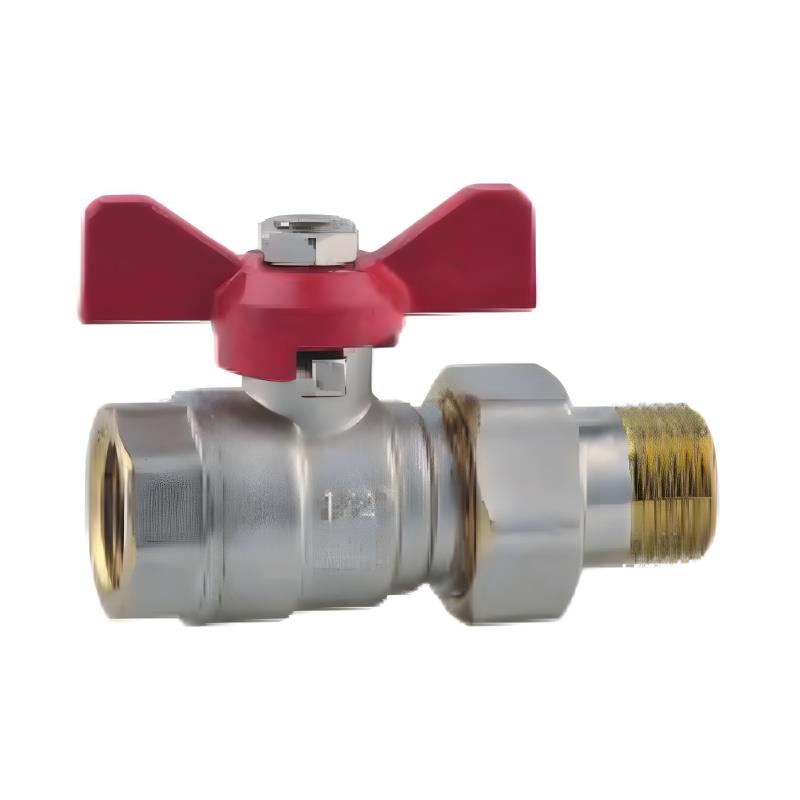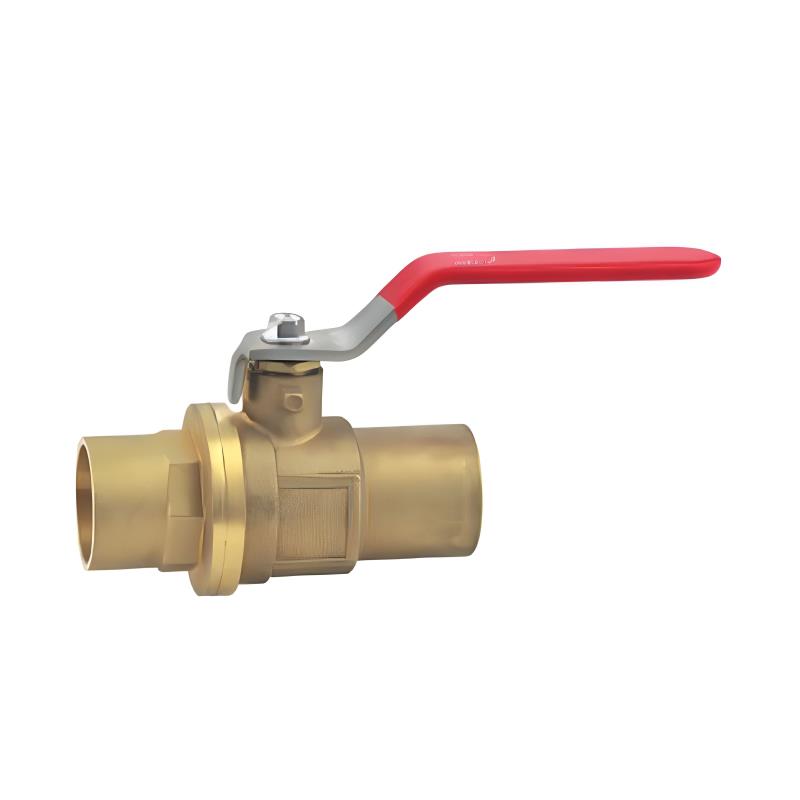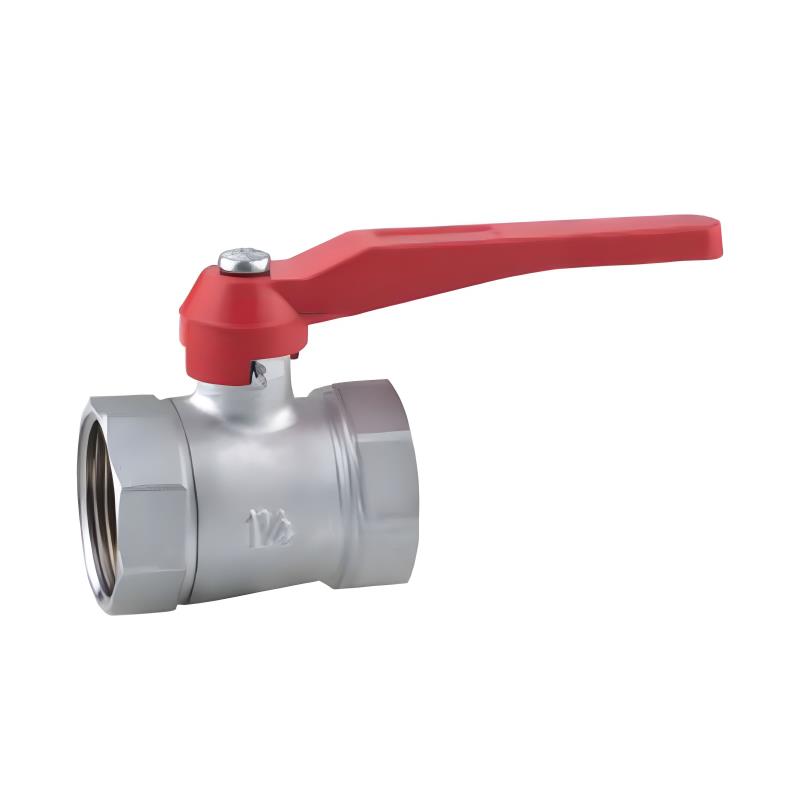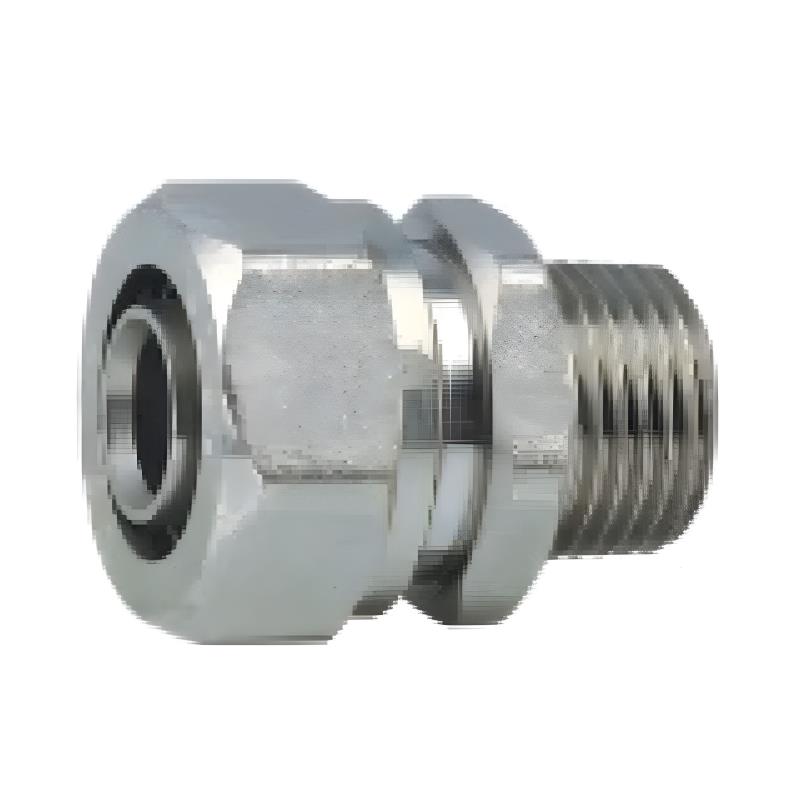Submit feedback
How brass fittings ensure reliability and safety of fire protection systems?
Brass fittings play a critical role in the design and operation of fire protection systems. In fire safety equipment, brass fittings are commonly used to connect sprinkler pipes, valves, and other essential components. Their unique combination of mechanical strength, corrosion resistance, and reliable sealing properties makes brass fittings an ideal choice to ensure system reliability and safety. This article will explore the key advantages of brass fittings in fire protection systems and how they contribute to maintaining effective firefighting infrastructure.
One of the main reasons brass fittings are widely used in fire protection systems is their excellent sealing capability. Fire sprinkler systems require a secure and leak-free network of pipes to guarantee immediate water flow during emergencies. Brass fittings provide precise and tight connections between pipes and valves, preventing leaks that could compromise system performance. The reliable sealing characteristics of brass fittings help maintain constant pressure and water flow, which is essential for the timely activation of sprinklers and the suppression of fires.
Corrosion resistance is another significant benefit of brass fittings in fire protection applications. Fire sprinkler pipes are often exposed to water and humid environments, which can accelerate corrosion in metals prone to rust. Brass naturally forms a protective oxide layer on its surface, making brass fittings highly resistant to corrosion and degradation. This property ensures long-term durability and maintains the integrity of sprinkler connections over time. Using brass fittings reduces the likelihood of leaks caused by corrosion, thus enhancing the overall safety of fire protection systems.
The mechanical strength of brass fittings is also a vital factor in their suitability for fire protection systems. Sprinkler pipes and valves operate under considerable pressure, especially when water is released during fire emergencies. Brass fittings have high tensile strength and can withstand mechanical stresses, pressure fluctuations, and impacts without cracking or failing. This durability ensures that the connections between pipes and valves remain secure during the demanding conditions of fire suppression, helping to avoid system malfunctions when they are needed most.
Versatility and ease of installation are additional advantages of brass fittings in fire protection equipment. Brass fittings come in various shapes and sizes, including elbows, tees, couplings, and adapters, allowing for flexible and efficient piping layouts. Their compatibility with different pipe materials such as steel, copper, and some plastics, enables easy integration into existing fire safety systems. Moreover, brass fittings are manufactured with precise threading and smooth surfaces, facilitating quick and reliable assembly. This adaptability helps installers create well-designed sprinkler networks that maximize coverage and effectiveness.
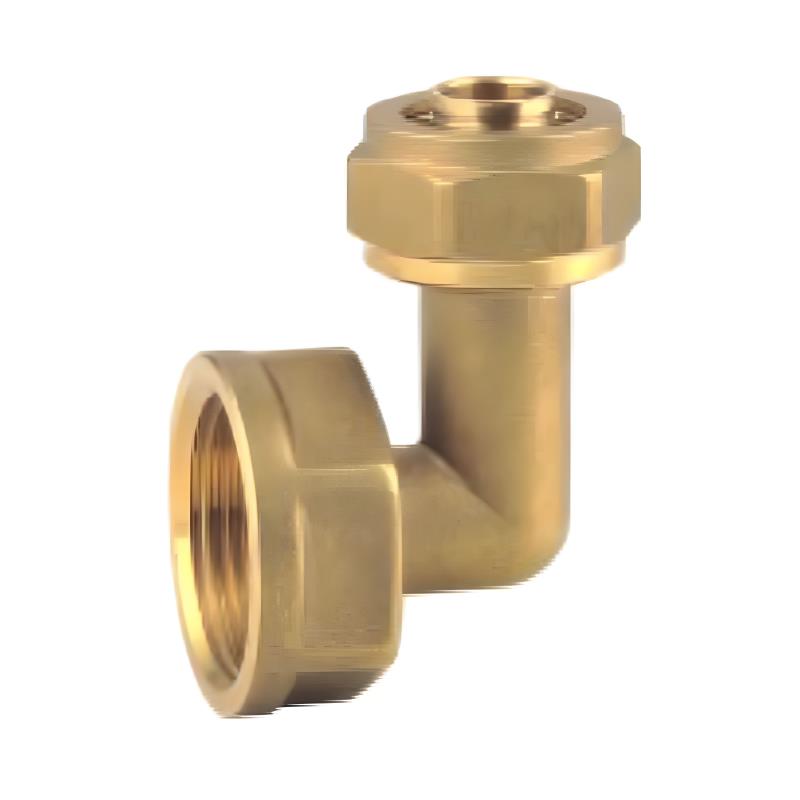
Fire protection systems must meet strict safety and quality standards to ensure operational reliability. Brass fittings contribute significantly to compliance with industry regulations due to their proven performance and durability. Many brass fittings used in fire safety are tested and certified according to standards such as UL (Underwriters Laboratories) and FM (Factory Mutual). These certifications assure system designers and users that brass fittings can perform safely under various conditions, giving confidence in the fire protection infrastructure.
Maintenance considerations also highlight the advantages of brass fittings in sprinkler systems. Thanks to their corrosion resistance and mechanical robustness, brass fittings typically require less frequent replacement or repair compared to fittings made from other materials. This longevity reduces maintenance costs and system downtime, which are important factors for building managers and safety personnel. Additionally, brass fittings allow for straightforward inspection and servicing, enabling timely detection and resolution of any potential issues before they impact system performance.
Another important aspect is the environmental suitability of brass fittings in fire protection systems. Brass is a recyclable material, supporting sustainability goals in building construction and maintenance. Its durability minimizes waste generated by frequent replacements, and the reliable sealing reduces water loss, contributing to resource conservation. These environmentally conscious attributes align with modern building standards, emphasizing green construction and operational efficiency.
In summary, brass fittings are indispensable components in fire protection systems, especially for connecting sprinkler pipes and valves. Their combination of excellent sealing ability, corrosion resistance, mechanical strength, and ease of installation ensures reliable performance under critical conditions. The use of brass fittings helps maintain system integrity, compliance with safety standards, and cost-effective maintenance. Additionally, their environmental benefits support sustainable fire safety solutions.
Brass fittings contribute to safer buildings and facilities by providing a dependable foundation for fire suppression infrastructure. When every second counts during a fire emergency, the performance of brass fittings in maintaining secure, leak-free connections can make a significant difference. For architects, engineers, and safety managers, selecting high-quality brass fittings remains a practical and effective choice to enhance the reliability and safety of fire protection systems.
Throughout fire protection networks, brass fittings continue to demonstrate their value as durable, efficient, and safe connectors. Their role in preserving system functionality and protecting lives highlights the importance of careful material selection in firefighting equipment design. Ultimately, brass fittings help ensure that fire protection systems operate smoothly when they are needed most, safeguarding property and people alike.
 +86-13989680588
+86-13989680588 graylin@hongjiavalve.com
graylin@hongjiavalve.com 
